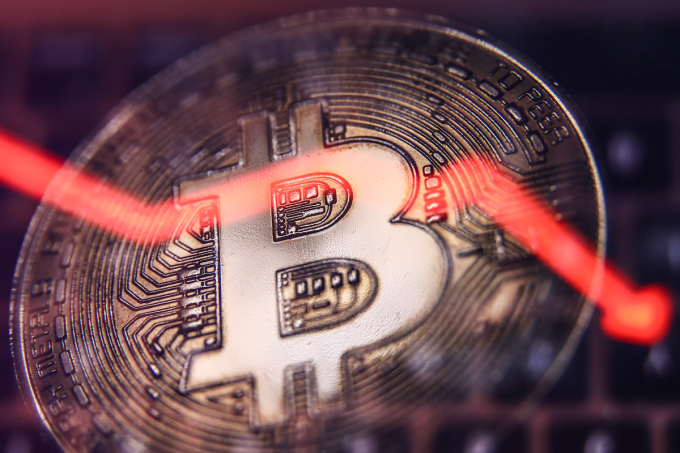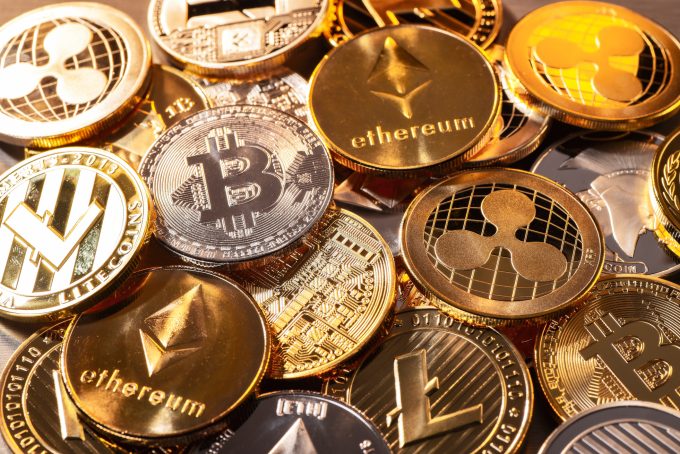Ethereum’s upcoming Fusaka upgrade is being framed as one of the most significant network improvements since the Merge — and asset manager VanEck argues it could reshape the competitive landscape of decentralized finance and institutional crypto adoption. With Ethereum still holding a commanding 57% share of total value locked (TVL) in DeFi, the Fusaka upgrade may help the network maintain its dominance against fast-rising challengers like Solana, Avalanche, and Binance Smart Chain.
Market Context: Ethereum Under Pressure
Ethereum’s market performance has been steady but unspectacular in recent months. As of October 4, ETH trades near $2,950, down 12% from its July peak but up roughly 18% year-to-date. Meanwhile, Solana has gained nearly 80% in the same period, driven by lower fees and higher throughput. According to VanEck, the Fusaka upgrade is designed to address precisely these pressure points: scalability, transaction efficiency, and developer flexibility.
“Ethereum has always been the settlement layer of choice, but it risks losing market share if it doesn’t solve cost and congestion,” VanEck’s digital asset strategist noted in a recent briefing. “Fusaka is the first major step in keeping Ethereum ahead in both institutional and retail adoption.”
Technical Focus: Lower Costs, Greater Efficiency
The Fusaka upgrade introduces several technical innovations, most notably enhancements to proto-danksharding and advanced execution environments. These upgrades are expected to cut average gas fees by 30–40% during peak congestion and improve transaction finality times by nearly half. For decentralized exchanges and liquid staking protocols, this could mean significantly more efficient user flows and higher trading volumes.
For institutional players, the improvements in settlement speed and predictability reduce operational risk — one of the primary barriers to large-scale participation. With the global crypto derivatives market alone generating more than $2.5 trillion in monthly volumes, faster and cheaper Ethereum rails could be a catalyst for wider institutional migration from centralized venues to on-chain alternatives.
Investor Sentiment: Renewed Confidence in Ethereum
The run-up to major Ethereum upgrades often correlates with rising investor optimism. Futures open interest on ETH has climbed 12% in the last two weeks, signaling that traders are positioning for volatility around the Fusaka activation. At the same time, Ethereum staking participation continues to expand, with over 27 million ETH staked — nearly 22% of total supply.
Analysts suggest that Fusaka could reinforce Ethereum’s “digital bond” narrative, where investors see staked ETH as a yield-bearing, lower-risk asset compared to more speculative tokens. This could have a stabilizing psychological effect on long-term holders, even if short-term trading remains volatile.
The Road Ahead: Risks and Opportunities
While VanEck emphasizes Fusaka’s transformative potential, risks remain. Competing ecosystems like Solana continue to execute aggressive growth strategies, and Ethereum’s upgrade timeline has historically been prone to delays. A failure to deliver meaningful cost reductions could trigger disappointment among developers and investors alike.
Still, if Fusaka achieves its stated goals, Ethereum could strengthen its position as the backbone of decentralized finance, while also paving the way for deeper institutional adoption. In an environment where investors are scrutinizing blockchain efficiency and sustainability, Fusaka may prove to be the turning point that secures Ethereum’s role in the next phase of crypto market growth.













Leave a comment